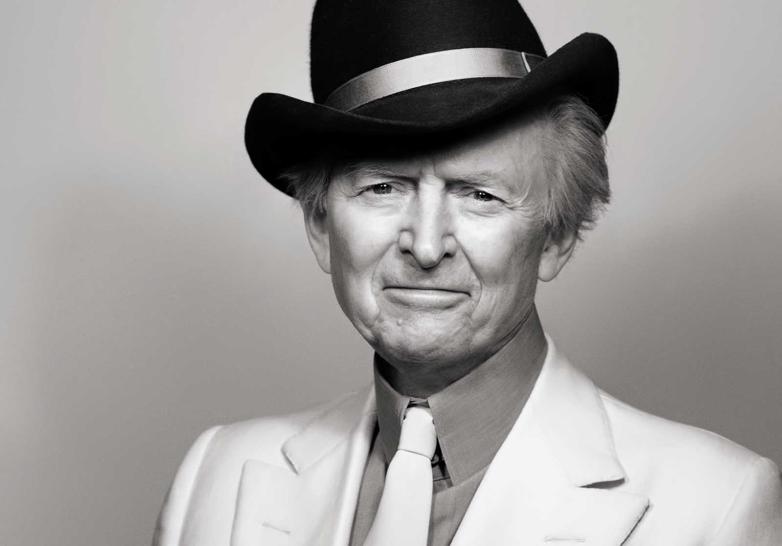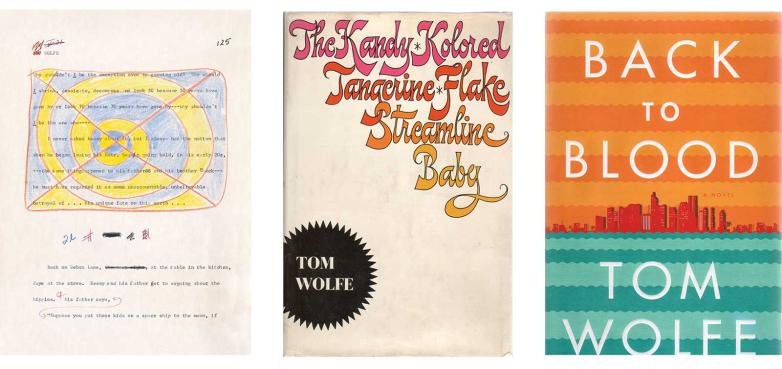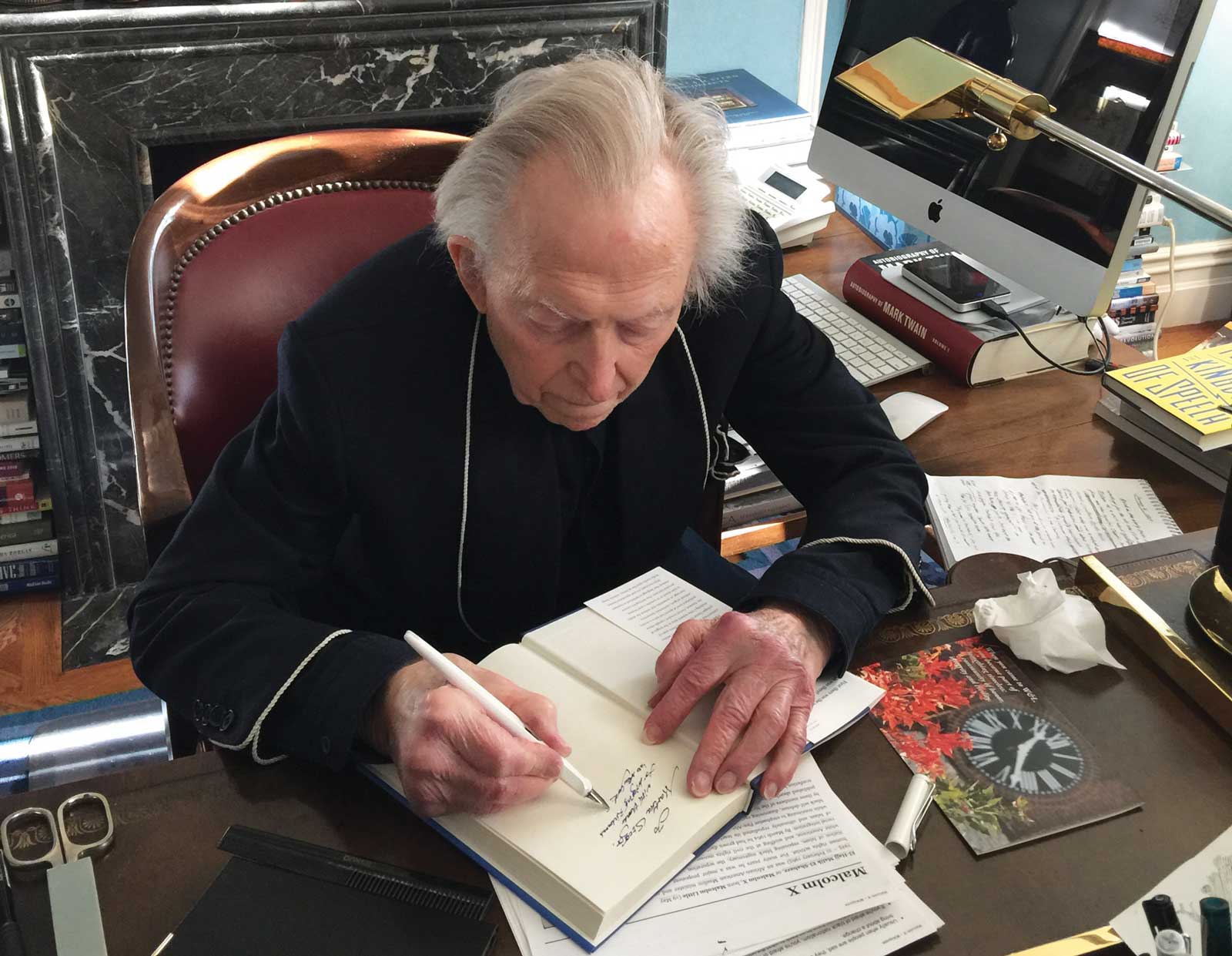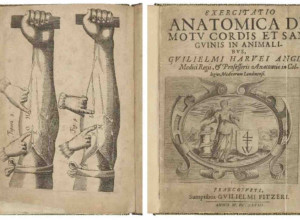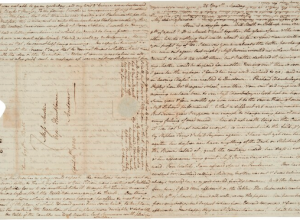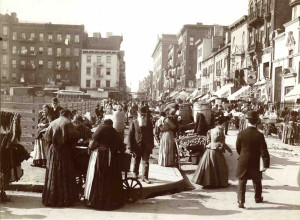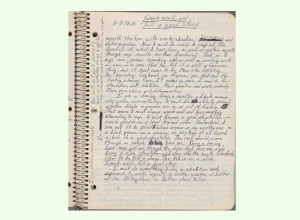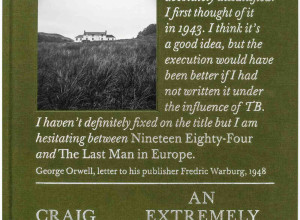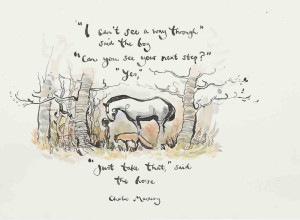Steger: You said in the late 1970s that people frequently confused you with North Carolina’s Thomas Wolfe. At that time, you said you often got his mail and you wrote each fan back, ‘Unfortunately I’ve been deceased a number of years.’ Do you still get confused with that Thomas Wolfe?
Wolfe: That’s no longer a live issue. Sadly, Thomas Wolfe is not read avidly any longer.
Steger: You’ve also said in the past that you didn’t invent New Journalism. Who did?
Wolfe: Pete Hamill was the first to use the term, I think. Seymour Krim [New York writer and literary critic] said Hamill asked him, ‘Why don’t we do a piece on this new journalism?’ I don’t think the article ever ran, but Hamill began using the phrase, and it stuck.
Steger: New Journalism involved delving deep into a subject. You were avidly read early on because you embedded yourself inside diverse cultures and groups. How do you set up those relationships?
Wolfe: I never say, ‘I want a lot of your time.’ I’ve always started with one person and if I could get along with that one person, I would just follow the chain of associates. If you can get through a whole day with a person, then it will work out fairly easily. People have different techniques for entering [subjects]. Jimmy Breslin, my colleague at the New York Herald Tribune, was really aggressive. George Plimpton was not very aggressive. He would do things like play first base with the New York Yankees and that sort of stuff. That had to be set up ahead of time, but he never went charging out on the basketball court saying, ‘Well, okay, what shall I do?’ He would hang around near the wall until someone said, ‘George, come out.’ That was another way [of entering a subject]. I just go with the natural approach. I worked on the Herald Tribune where we would be sent out to do man-on-the-street interviews. I found there was no use saying, ‘Hello, I’m with the New York Herald Tribune and we’re doing a street survey…’ You had to start off with your notebook and saying, ‘Here’s our question today.’ You have to adapt yourself.
Steger: You adapted yourself to the early years of stripped-down cars by writing about Junior Johnson. How did you first learn about Johnson?
Wolfe: A good old boy from North Carolina came to work for Esquire magazine, and he was into this particular car culture, which I had never heard of, so I just headed down there. He had mentioned Junior Johnson to me because Johnson was an independent driver who had signed up with … oh, who was it? Chevrolet, I think.




